A Spark of Innovation
Electrospark deposition technology offers moldmakers a new process for cost-effective mold protection and repair.
A new technology that is already widely used in Asia and in some European industries is electrospark deposition technology (ESD), a process that deposits metallic alloys onto metal substrates for a cost-effective method of on-site repair or protection of molds. This highly affordable and easy-to-use process can be used for multiple operations that are of interest in the moldmaking industry. Possible uses for the ESD process include the restoration of washout in parting lines to eliminate burr formation (see Figure 1), repair of damaged and worn out surfaces to original dimensions and the restoration of cutting edges. ESD also can be used to fill pinholes, cracks and undercuts.
What makes this process stand out is that ESD accomplishes these tasks without the need for preheating or postheating the repaired component. The low heat input of the process results in no degradation of the repaired component's microstructure as a result of the repair. Often, the parts can be repaired on-site - greatly reducing downtime and the need for mold inventory, which has a measurable positive effect on productivity and operating costs.
The Process
The process differs from plating and other coating processes in that it produces a true metallurgically bonded coating. This is accomplished without introducing sufficient heat in the workpiece to induce thermal damage, as can be evident with welding and even microwelding processes. Deposition of alloys using the ESD process is accomplished using a consumable electrode in which a capacitive discharge melts and accelerates the electrode material onto the workpiece. This transfer of materials occurs in plasma that forms on discharge of the spark - resulting in a strong metallurgical bond with the substrate due to instantaneous melting in the plasma. Figure 2a illustrates the process at the point of contact with the workpiece and the micrograph in Figure 2b demonstrates the interface and coating - showing the integrity of the ESD-applied coating.
Extremely rapid pulse times prevent heat generation in the part being repaired or coated. This low heat input eliminates distortion in parts and eliminates the need for post-repair heat treatment because there is no degradation of the surrounding metal in the repaired component. Further, the ESD equipment is designed to enable flow of inert gas to the coating/overlay area to prevent oxidation and impurities from becoming entrapped in the deposited layer.
Hardness values of the coated area in metals show that there is no measurable heat- affected zone (HAZ) and no reduction in hardness (see Figure 3). The extremely rapid melting and deposition of the metal coating or overlay also creates a very fine microstructure (a nanograined microstructure) - giving desirable hardness and surface properties. The graph in Figure 3 shows hardness measurements taken in the base part and the overlay (repaired) area showing comparable hardness to the base metal and even a slight increase as a result of the finer-grained microstructure of the deposited metal.
Applications
The ESD process can be applied to conductive metal substrates and has been demonstrated to be successful on components of low- and medium- carbon steels, tool steels, die and mold alloys, cast irons, cast steels, stainless steels, aluminum alloys, copper alloys and other alloys with sufficient electrical conductivity. Electrical conductivity is the key property that dictates capability to use the ESD process on a part repair or coating. Many metals combinations have been successfully applied. In some cases, the metal electrode does not have to match the workpiece composition to produce high-quality dense overlays and coatings. Electrodes also can be made in various shapes to provide the best means of access to the area to be coated. The chart in Figure 4 shows the various metals and alloys that have been applied to metallic substrates using the ESD process.
Electrodes come in numerous shapes and sizes to address specific needs of intended applications. Hardware can be adapted to reach IDs and non-line-of-sight applications. Figure 5 shows some of the electrode shapes used with ESD equipment.
There are two different models of ESD units offering four different power levels to address varying needs of users. One type of unit features higher power at three levels and would be most utilized in higher volume shops. Another unit affords fine control for smaller jobs. There are multiple applicator heads available to address different coating and overlay (repair) requirements. These equipment units are easy to operate with minimal training, are very portable and can be used for on-site repairs - eliminating the need to remove large dies from service. This aspect not only saves production downtime, but also can alleviate the need to stock additional molds in inventory. The ESD units may be used with hand applicators for individualized control of a coating, or can be integrated with robotic controls for mechanized and repeatable process controls. These applications are shown in Figures 6a and 6b.
The ESD process also has been shown to protect die-casting dies from liquid metal erosion, scoring and heat checking with the deposition of hard carbide coatings such as WC, TiC, TiB2, Cr3C2 and VC. The carbide coatings have demonstrated improved liquid metal flow, improved release and reduced scuffing of die cast products. Hard coatings also can be used to extend the life and improve the performance of cutting tools (see Figure 7).
Numerous Asian and European companies utilize the ESD equipment as part of their preventive and restorative maintenance procedures. The process is used extensively in the plastics industry in Japan to protect and rebuild injection molds. ESD is also widely used in the die casting industry for die repair, die protection and also is used for casting defect repairs.
Related Content
How to Use Scientific Maintenance for More Accurate Mold and Part Troubleshooting
Discover how adopting scientific maintenance approaches helps improve mold lifespan, minimize failures, and optimize production outcomes.
Read MoreConfronting the Mold Design Talent Drought
Recently, I reposted on LinkedIn the results of an informal survey we conducted, which revealed a shortage of skilled mold designers. It quickly gained a lot of traction. Given the response, I thought I'd summarize the feedback and keep the conversation going.
Read MoreLeading Mold Manufacturers Share Best Practices for Improving Efficiency
Precise Tooling Solutions, X-Cell Tool and Mold, M&M Tool and Mold, Ameritech Die & Mold, and Cavalier Tool & Manufacturing, sit down for a fast-paced Q&A focused on strategies for improving efficiencies across their operations.
Read MoreMMT Chats: Eliminating the Noise to Stay Focused on the Customer
Metro Mold & Design joins me to discuss the value of the 80/20 rule as a business strategy, its talented cross-functional team, the role of automation in mold building and molding, and the continuing impact of COVID-19.
Read MoreRead Next
Are You a Moldmaker Considering 3D Printing? Consider the 3D Printing Workshop at NPE2024
Presentations will cover 3D printing for mold tooling, material innovation, product development, bridge production and full-scale, high-volume additive manufacturing.
Read MoreHow to Use Continuing Education to Remain Competitive in Moldmaking
Continued training helps moldmakers make tooling decisions and properly use the latest cutting tool to efficiently machine high-quality molds.
Read MoreReasons to Use Fiber Lasers for Mold Cleaning
Fiber lasers offer a simplicity, speed, control and portability, minimizing mold cleaning risks.
Read More




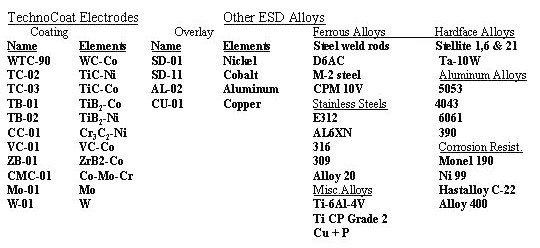
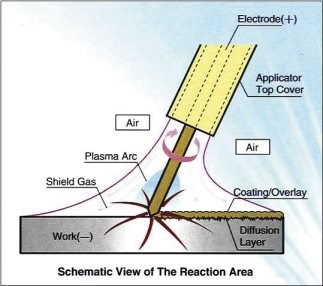
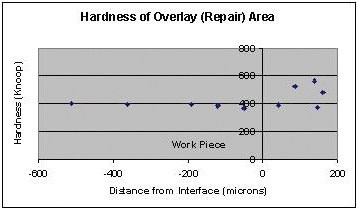
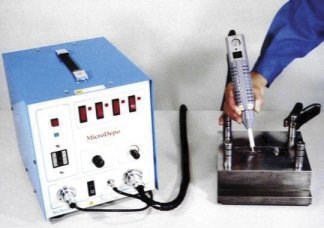
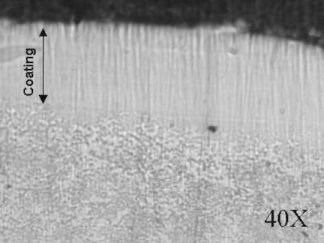


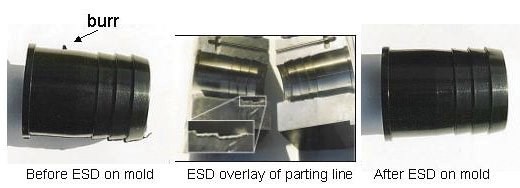







.jpg;maxWidth=300;quality=90)










